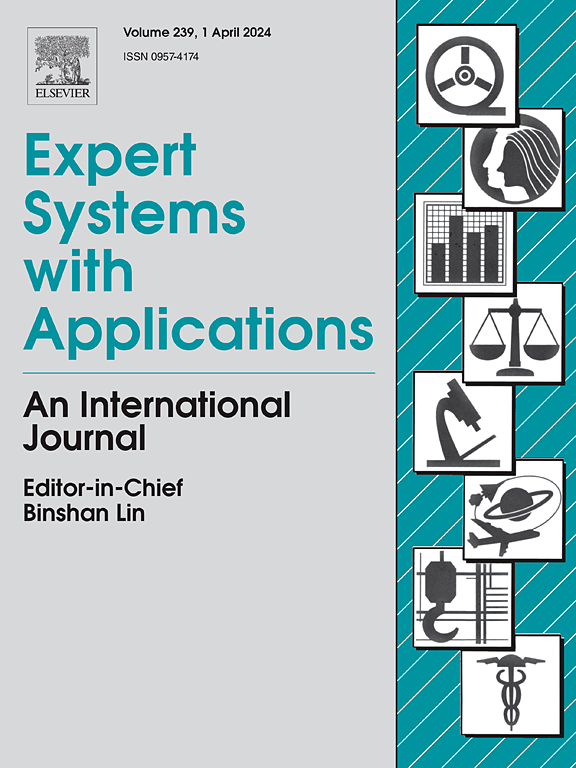PEGNN: Peripheral-Enhanced graph neural network for social bot detection
IF 7.5
1区 计算机科学
Q1 COMPUTER SCIENCE, ARTIFICIAL INTELLIGENCE
引用次数: 0
Abstract
The development of social networks plays a stronger role in the increased importance of social bot detection. One of the most common existing graph-based detection methods is graph neural networks (GNNs). However, researchers mainly focus on the improvement of GNN architecture while neglecting the in-depth analysis of social network structure. In this paper, after in-depth analysis of the social graph structure, it demonstrate that there exists a graph stratification phenomenon, i.e., the social graph is divided into central and peripheral layers according to its topology. Based on this phenomenon, the idea that the social robot detection task should focus on the central node is proposed, and the existing detection task is adapted to a central node classification task. The task is then further investigated, and the Peripheral-Enhanced Graph Neural Network (PEGNN) framework is proposed to tackle the problem that existing frameworks cannot effectively utilize the information of peripheral networks. PEGNN effectively utilizes the information of peripheral networks via the synergistic effect of three losses. Eventually, the graph stratification phenomenon is verified on two datasets, and the original task is adjusted for central node classification to verify the enhancement effect of PEGNN. The experimental results exhibit that PEGNN obviously improves the model performance. On Twibot-20, the average improvement in accuracy is 1.30%, and the average improvement in F1 score is 1.37%; on Twibot-22, the average improvement in accuracy is 2.46%, the average improvement in F1 score is 5.91%; apparently, other metrics also show obvious improvement.
求助全文
约1分钟内获得全文
求助全文
来源期刊

Expert Systems with Applications
工程技术-工程:电子与电气
CiteScore
13.80
自引率
10.60%
发文量
2045
审稿时长
8.7 months
期刊介绍:
Expert Systems With Applications is an international journal dedicated to the exchange of information on expert and intelligent systems used globally in industry, government, and universities. The journal emphasizes original papers covering the design, development, testing, implementation, and management of these systems, offering practical guidelines. It spans various sectors such as finance, engineering, marketing, law, project management, information management, medicine, and more. The journal also welcomes papers on multi-agent systems, knowledge management, neural networks, knowledge discovery, data mining, and other related areas, excluding applications to military/defense systems.
 求助内容:
求助内容: 应助结果提醒方式:
应助结果提醒方式:


